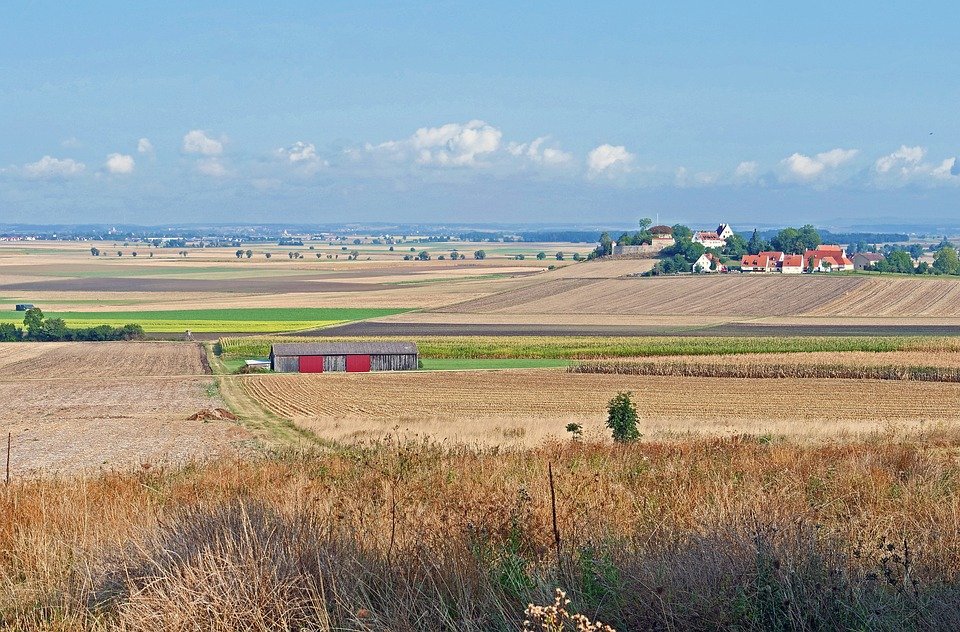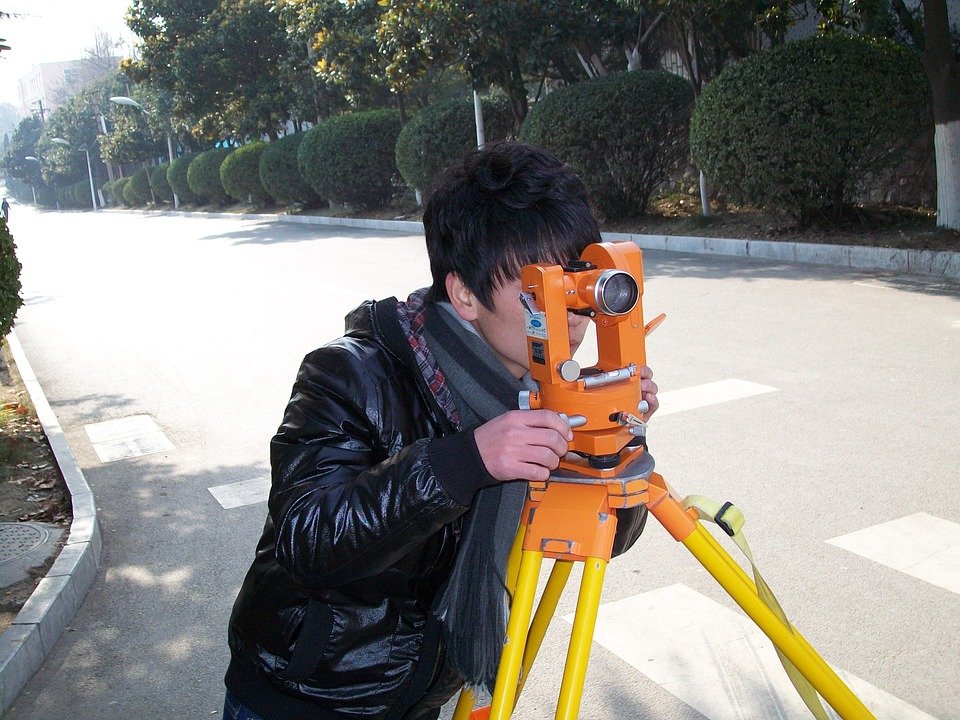[ad_1]
How to Conduct a Subdivision Survey – Step by Step
A subdivision survey is a process that is used to divide a property into smaller parcels of land. It is a detailed survey that is conducted by a licensed surveyor to ensure that the property is correctly divided and that all the boundaries are accurately defined. The process of conducting a subdivision survey can be complex and time-consuming, but it is important to ensure that all the legal requirements are met and that the subdivision is done properly. This article will provide a step-by-step guide on how to conduct a subdivision survey.
Step 1: Prepare the Documents
The first step in conducting a subdivision survey is to prepare the necessary documents. This includes obtaining a copy of the deed, a subdivision plat, and any other relevant documents. The deed is a legal document that outlines the legal boundaries of the property, while the subdivision plat is a map that shows the boundaries of the proposed subdivision. The documents should also include any restrictions or requirements that must be followed in order to divide the property.
Step 2: Determine the Boundaries
The next step in conducting a subdivision survey is to determine the boundaries of the proposed subdivision. This is done by measuring the boundaries of the property and then drawing a plat that shows the boundaries of the proposed subdivision. The plat should include not only the boundaries of the proposed subdivision but also any easements, rights-of-way, or other restrictions that may be applicable.
Step 3: Collect Field Data
Once the boundaries of the proposed subdivision have been determined, the surveyor must then collect field data. This data includes measurements and observations from the site, such as the position of existing boundaries, trees, vegetation, and other features. This data is used to create a detailed map of the property that includes the proposed subdivision.
Step 4: Prepare the Plat
The surveyor then uses the field data to create a detailed plat of the proposed subdivision. This plat includes measurements of the boundaries, as well as any easements, rights-of-way, or other restrictions that may be applicable. The plat should also include any other relevant information, such as the name of the subdivision, the size and shape of each lot, and the location of any utilities or other infrastructure.
Step 5: Obtain Approval
Once the plat has been prepared, the surveyor must then obtain approval from the local government or other relevant authority. This approval is typically needed in order for the subdivision to be legally recognized. The surveyor should be familiar with the relevant regulations and should be able to provide the necessary documentation in order to obtain the approval.
Step 6: Record the Plat
Once the plat has been approved, the surveyor must then record the plat with the county and/or state. This process ensures that the legal boundaries of the subdivision are officially recognized. The surveyor should be familiar with the relevant regulations and should be able to provide the necessary documentation in order to record the plat.
Conclusion
Conducting a subdivision survey is a complex process that requires knowledge and expertise. It is important to ensure that all the necessary steps are taken in order to divide the property accurately and legally. By following the steps outlined in this article, surveyors can ensure that the subdivision survey is conducted properly and that all the relevant legal requirements are met.
[ad_2]



